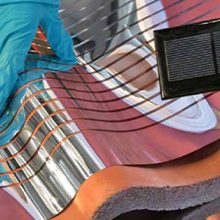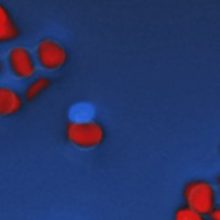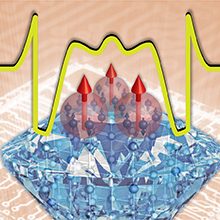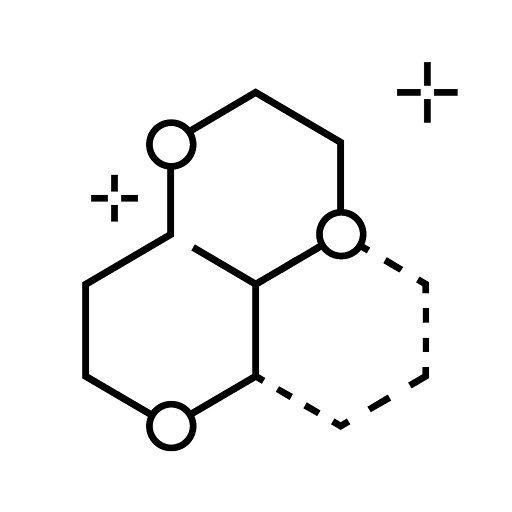Chemical imaging on the nanoscale
We combine optical and non-optical imaging on the nanoscale towards a unique national nanoscale chemical imaging facility
Latest News
A tunable short-pulse laser system that is the heart of the SFG microscope at NANOCHEM has been installed at AAU. Test experiments …
Events
Fri, Apr 11, 2025, 11:00 AM – 4:30 PM Campusvej, Odense, DK, Syddansk Universitet, room U182 Find out more
The core of the new national infrastructure consists of the newest technology available for chemical imaging on the nanoscale.
Sectors
Investigate the nanoscale properties and particularities of materials. Analyzing their internal morphology and chemical composition. Investigating the surface composition and structural changes.

Bio
Uncover the detailed structures of cellular and subcellular structures. Visualize organelles and biological processes in detail. Track the distribution and interaction of drug molecules within tissues.

Electronics
Advance technological reliability. Utilize nanoscale analysis for studying the internal and external structures of materials. Ensure the quality and consistency of materials in manufacturing processes.

Energy Research
Innovate in energy conversion and storage. Study the internal morphology and chemical composition of solar cells and battery materials to improve energy technologies.

Environmental
Monitor environmental health. Detect and analyze microplastics, nanoplastics, and pollutants to assess their impact and develop solutions for a cleaner environment.

Heritage
Preserve cultural heritage. Apply advanced imaging techniques to study and conserve artifacts, ensuring their preservation for future generations.

Medico
Advance healthcare with nanotechnology. Use imaging for diagnosing and monitoring health conditions, detect and monitor diseases at the molecular and cellular levels. Study the interaction of nanomaterials with biological systems.

Quantum
Explore the quantum domain. Characterize the electronic and optical properties of quantum dots and nanowires and investigate the performance of nanophotonic devices.
We combine our efforts and facilities to advance imaging
Our ambition is to image with nanometric resolution while at the same time identifying the materials.
Complete characterization requires information not only on the surface or bulk chemical components, but also on stereometric features such as size, distance, and homogeneity in three-dimensional space. A single analytical method, data aquisition routines and analysis, are frequently not sufficient and misleading. Instead, new multi-modal image correlation approaches are required, enhancing the spatial resolution to nanometers or better and facilitating the correlation of different physical properties.
- Nanomaterials
- Devices for sensing and clean energy
- Imaging of catalytic processes
- Biomedical imaging and diagnostics
- Imaging of the mammalian cell organelles
- Tissue dynamics
- Drug delivery processes
- Imaging of artificial organs (3D printed)
- Nanomaterial-drug interaction processes
- Environmental monitoring
- Imaging of minerals and archaeological materials

We combine optical and non-optical imaging on the nanoscale towards a unique national nanoscale chemical imaging facility



